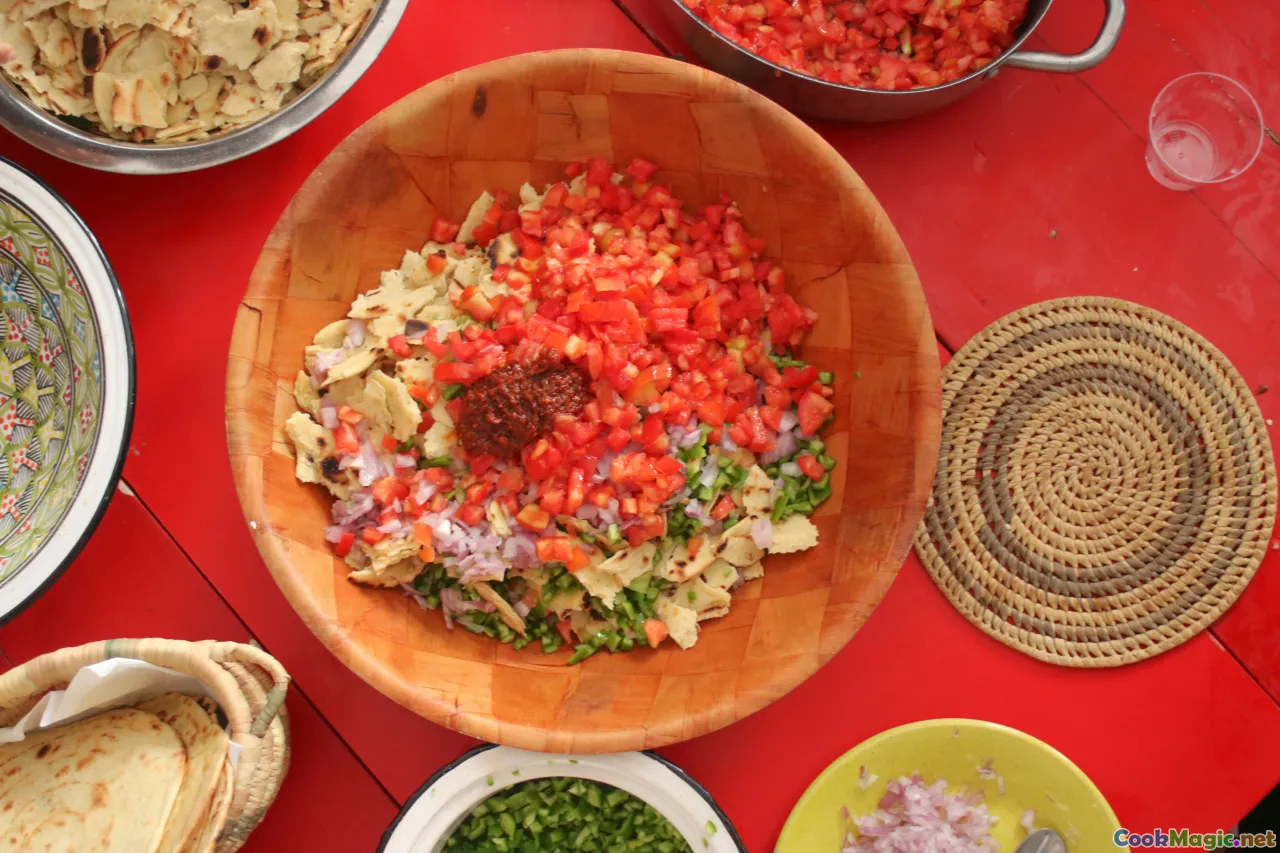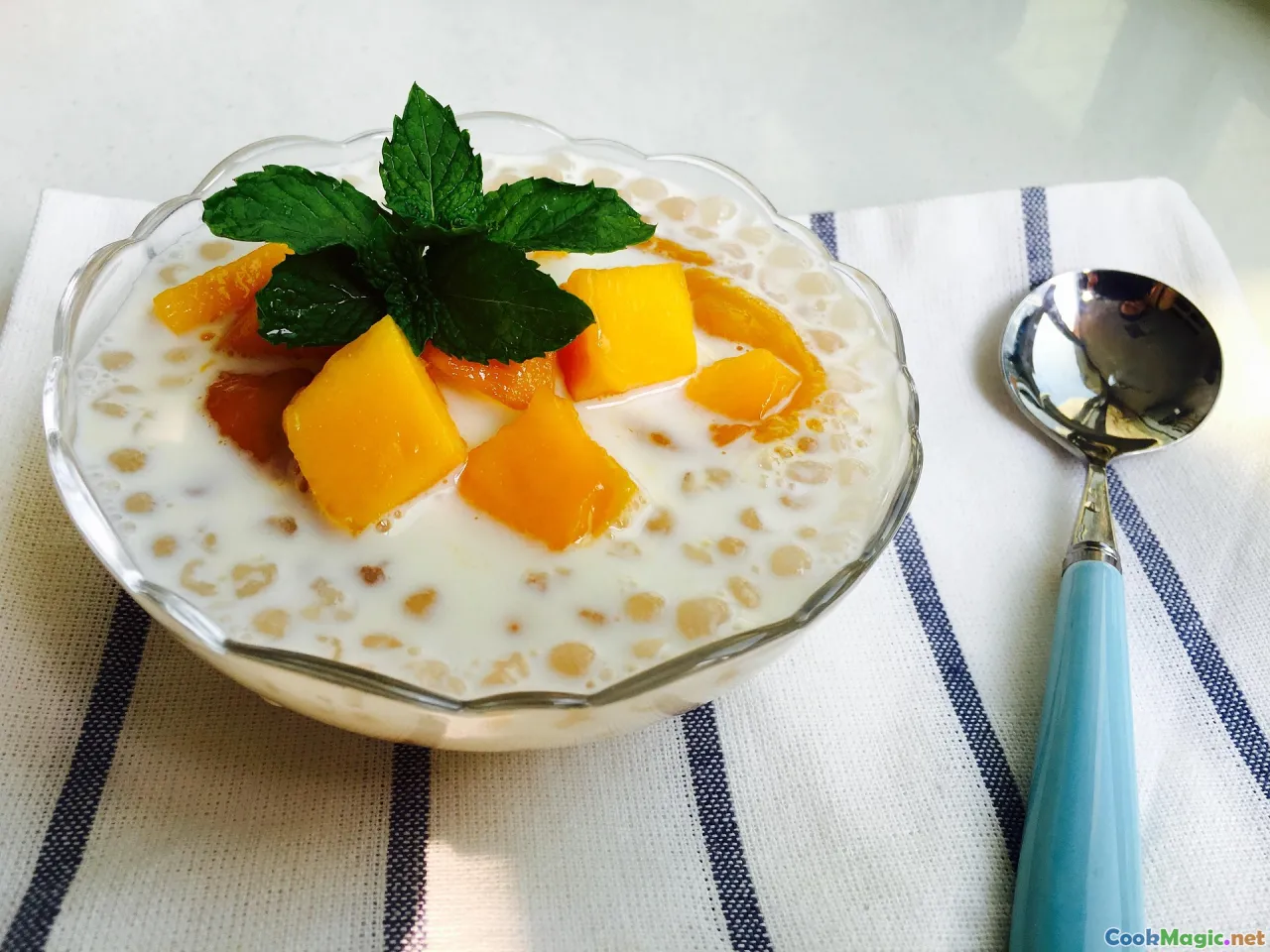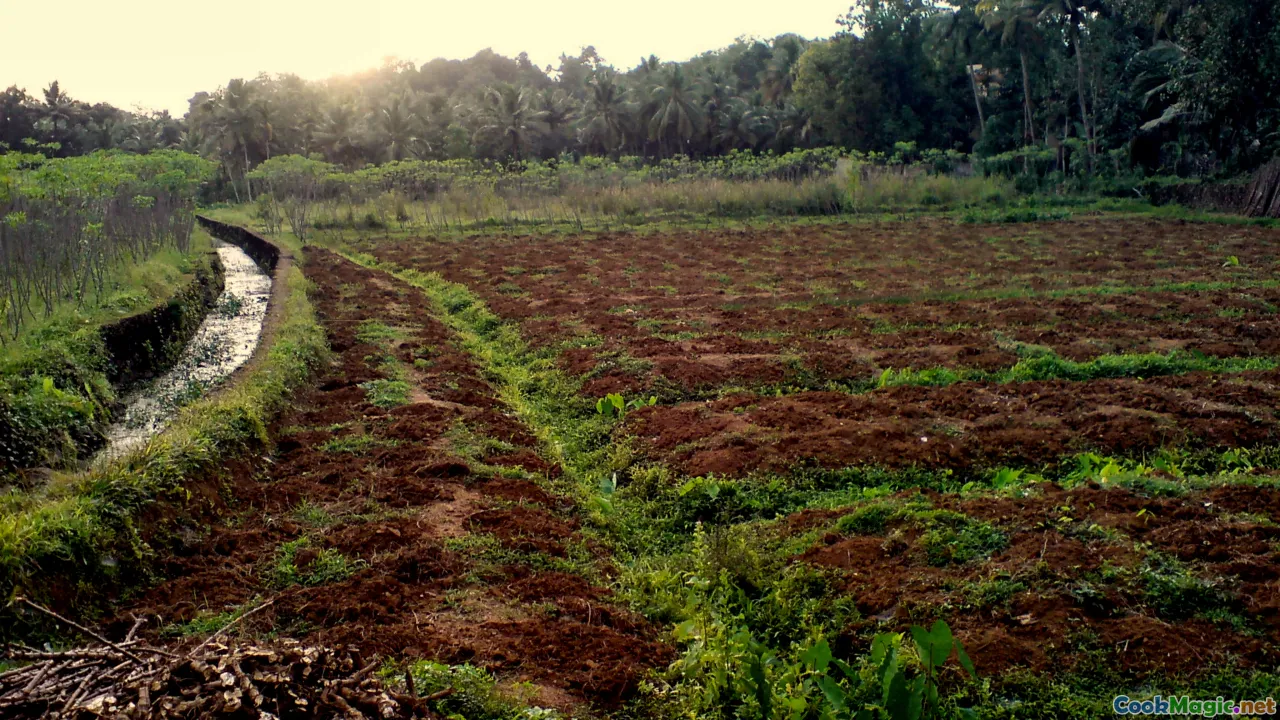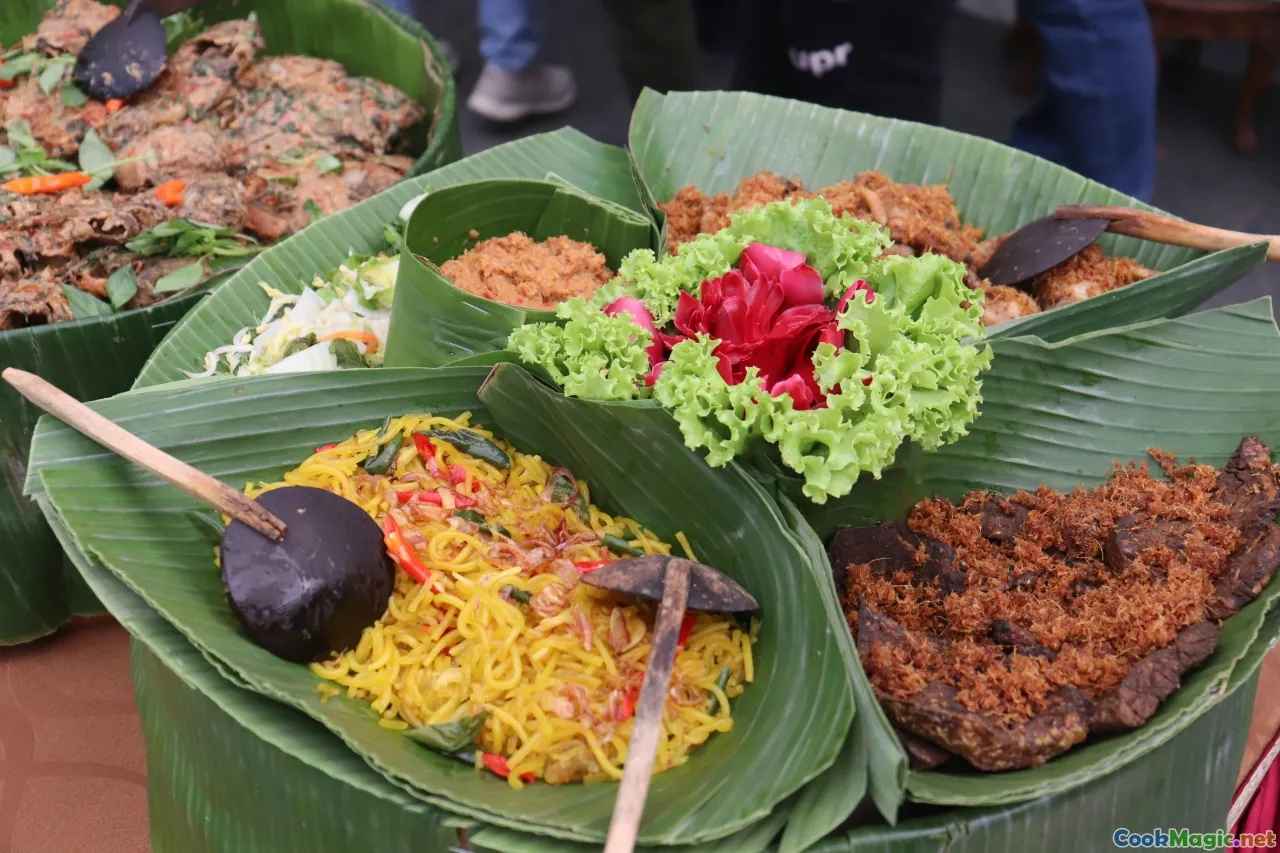Understanding Sago as Papua’s Staple Food
11 min read Explore the significance of sago in Papuan culture, its preparation, and its role as a vital staple food in the region. August 14, 2025 15:05
Understanding Sago as Papua’s Staple Food
Imagine a lush landscapes—rivers snaking through rainforest vistas, the air thick with the earthy scent of damp soil, and layers of green stretching as far as the eye can see. This is Papua, a land where ancestral traditions intertwine seamlessly with daily life, and at the heart of it all lies a humble yet extraordinary ingredient: sago. For centuries, sago has been more than just a carbohydrate source—it’s woven into the cultural fabric, ceremonial practices, culinary identity, and the very soul of Papuan communities.
Let’s embark on an immersive journey to understand why sago remains indispensable in Papua’s cuisine, explore its rich history, sensory allure, and the myriad ways it continues to nourish and unite its people.
The Roots of Sago: A Cultural and Historical Canvas

Sago’s story begins in the region’s dense rainforests, where cycads and sago palms (Metroxylon sagu) thrive in tropical humidity. Unlike staple crops like rice or yams, sago is nature’s gift from the fish-filled rivers and lush swamps—an ecosystem delicately balanced and harmonized with human life.
Historically, the indigenous peoples of Papua—numerous tribes with diverse languages and customs—have recognized sago as a sacred gift, with ritualistic significance woven into it. From birth to death, from communal gatherings to ceremonial rites, sago often features prominently. It’s more than sustenance; it’s a symbol of survival and resilience.
Archival records and oral histories reveal that when Spanish missionaries first documented Papua in the 16th century, they marveled at how communities cultivated and processed sago with reverence and ingenuity—transforming agricultural gleanings into versatile treasures that sustained their identity.
Harvesting and Processing: A Ritual in Its Own Right

Harvesting sago is a labor-intensive yet spiritually significant task, often undertaken collectively in villages. The process begins with the felling of mature sago palms—an event marked by collective effort, songs, and shared triumph. Once the trunk is cut, it’s scraped to extract the pith—a starchy core that contains the sago starch.
Traditionally, the pith is crushed or grated using bamboo or wooden tools, releasing sap that’s collected and then washed and strained through woven mats. This isn’t just a mechanical process; it’s a communal ritual that involves patience and reverence for the life of the palm.
The extracted starch sediment naturally settles and forms a semi-solid mass, which is further washed, kneaded, and drained. The aroma during processing is earthy, slightly sweet, and reminds one of rainforest floor after rain.
Today, modern techniques introduced by local entrepreneurs blend tradition with efficiency—yet the essence of connection to the land remains palpable in every step.
The Sensory World of Sago

Sago’s magic unfolds fully when transforming it into iconic dishes—each offering a unique sensory tapestry.
**Taste:**Neutral yet subtly sweet, sago’s innate flavor provides a blank canvas for flavor absorption. When cooked, it exudes a gentle, milky sweetness that pairs beautifully with savory, spicy, or sweet accompaniments.**Smell:**Mild, with earthy undertones reminiscent of dampwood and rainforests, it evokes a sense of place with each inhale.**Texture:**This is where sago truly shines. Once cooked, the granules are translucent, soft, yet resilient—offering a delightful chewiness that is both satisfying and comforting. Think of it as tiny pearls of ambrosia, bursting with flavor and character.Visuals: When served fresh and hot, sago is a gleaming, optic feast—translucent white or pale amber beads glistening under the light, often layered with vibrant fruits, rich coconut milk, or spicy sambal.
Signature Papuan Dishes: Sago in Every Bite

Now, let’s taste the diverse landscapes of Papuan cuisine through their celebrated sago dishes.
Sago Porridge (Papeda)
A breakfast staple, papeda is a porridge that embodies simplicity and comfort. Creamy, slightly sticky, and neutral in taste, it’s traditionally eaten with spicy fish soup (ikan bakar) or local vegetables. Imagine a bowl of milky white smoothness, inviting you to dip, scoop, and savor.
Sago Cake (Kue Sago)
Sweet treats are also part of the sago repertoire. Sago cakes often combine grated coconut, palm sugar, and sometimes banana slices, then steamed into a chewy, translucent delight. Their aroma—the alluring scent of coconut and caramel—entices memories of family gatherings.
Sago Pearls in Tali Shui
A festive favorite, Tali Shui is a sweet drink made by boiling sago pearls in coconut milk and pandan leaves—resulting in a fragrant, creamy beverage, with pearls offering a chewy burst in every sip.
Sago and Fish Cassava Wraps
In coastal regions, local fish partners with sago to create hearty wraps—sometimes grilled, sometimes boiled—highlighting the pairing of fresh seafood and the chewy resilience of sago.
The Living Tradition and Modern Innovations

In recent years, Papua’s chefs and food entrepreneurs have embraced sago’s versatility, blending traditional methods with contemporary culinary innovation.
Some cafes serve sago-based smoothies infused with tropical fruits—papaya, mango, and soursop—presented in clear glasses that showcase its glossy translucence.
Others explore sago in international-inspired desserts—milk puddings, jellies, and even gluten-free bread—finding ways to adapt this ancient ingredient for modern palates.
Young Papua chefs are experimenting with stir-fries, salads, and fusion dishes where sago’s chewy texture contrasts with bold spices and herbs, creating a vibrant dialogue between tradition and innovation.
Challenges and Sustainability: Ensuring the Future of Sago

Despite its importance, sago cultivation faces challenges: deforestation, unsustainable harvesting practices, and climate change threaten the delicate balance of the ecosystem.
Fortunately, local initiatives promote sustainable harvesting—like community-managed sago gardens—and cultivating sago in agroforestry systems that support biodiversity.
Educational programs emphasize ecological awareness, urging future generations to appreciate and preserve this vital natural resource.
Personal Reflections: Sago’s Emotional and Cultural Significance

As someone who has walked amid Papua’s vibrant tribes and witnessed the communal joy of a sago feast, I’ve come to see sago as more than a food—it’s a living embodiment of resilience, unity, and identity.
Whether gathering around a central fire to grind sago for an initiation ceremony, sharing a humble bowl of papeda after a day’s work, or celebrating a festival with sago cakes adorned in banana leaves, each experience underscores sago’s profound role in nourishing not just bodies but hearts.
It’s a bridge connecting generations, a testament to an ancestral way of life that respects nature’s gifts and cultural wisdom.
Embracing Sago’s Legacy and Looking Forward

As the world increasingly seeks sustainable, locally-sourced, and culturally rich ingredients, sago offers a compelling narrative of harmony with nature and heritage. Its resilience in the face of modern challenges invites us to cherish, respect, and innovate—ensuring that Papua’s sago tradition remains vibrant long into the future.
In exploring sago, we don’t just taste a ingredient; we partake in a story—a saga of people, land, and spirit that continue to flourish beneath the canopy of Papua’s timeless rainforest.
Let us celebrate this remarkable starch, honoring its history and savoring its present, as a true culinary cornerstone of Papua’s soul.









